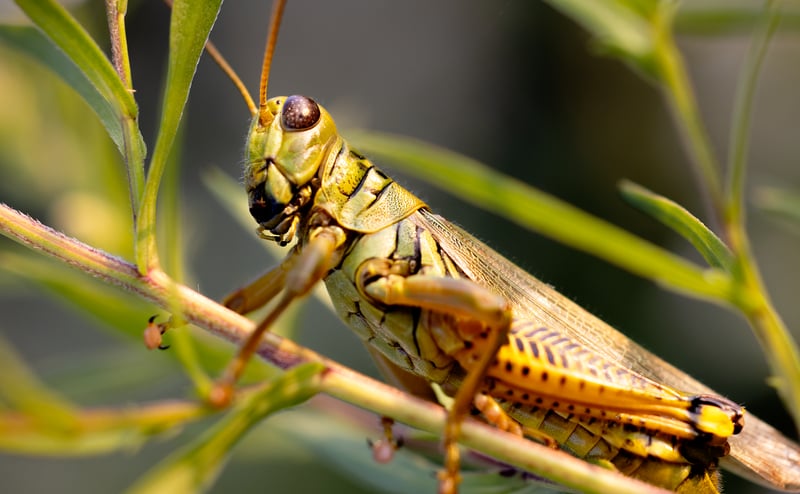Identifying common pests
Keeping Your Plants Healthy and Pest-Free
Having a lush and thriving garden is a joy for any plant enthusiast. However, maintaining healthy plants requires more than just watering and sunlight. It also involves protecting your plants from pests that can damage or even kill them. By learning how to identify common pests and taking proactive measures, you can keep your plants healthy and pest-free.
Identifying Common Pests
1. Aphids: These small, pear-shaped insects can be green, black, brown, or red. They suck sap from plants, causing leaves to yellow and distort.
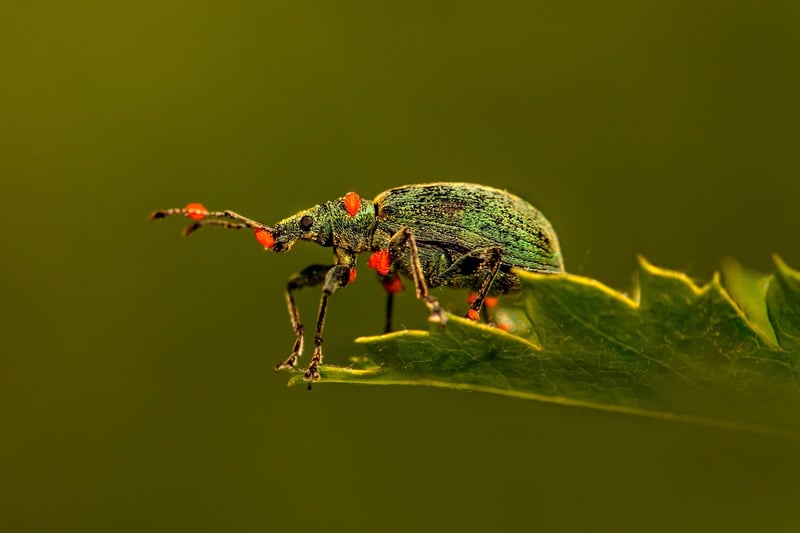
2. Spider Mites: These tiny pests are usually found on the underside of leaves, where they suck plant juices, causing leaves to stipple and turn yellow.
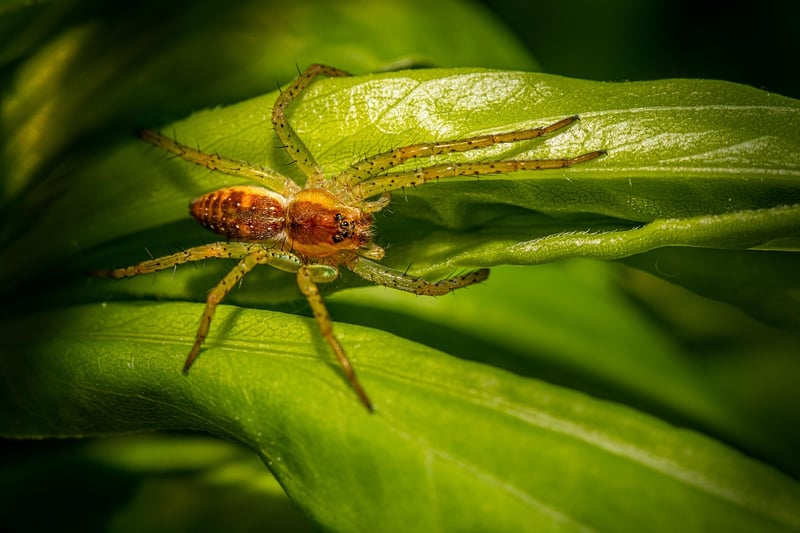
3. Whiteflies: These small, moth-like insects feed on plant sap, causing leaves to turn yellow, dry out, and drop prematurely.
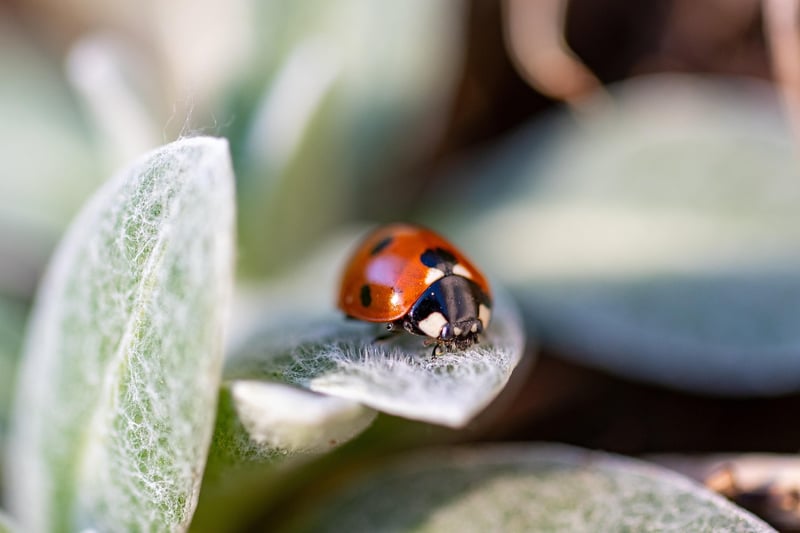
4. Mealybugs: These soft-bodied insects feed on plant sap and excrete a sticky substance called honeydew, which attracts ants and promotes the growth of sooty mold.
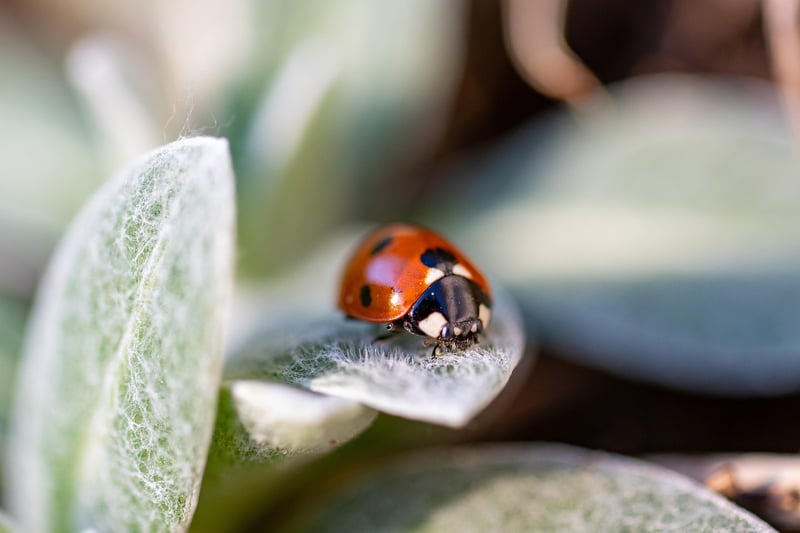
5. Scale Insects: These insects have a protective shell that covers their bodies. They suck sap from plants, causing leaves to yellow and drop.
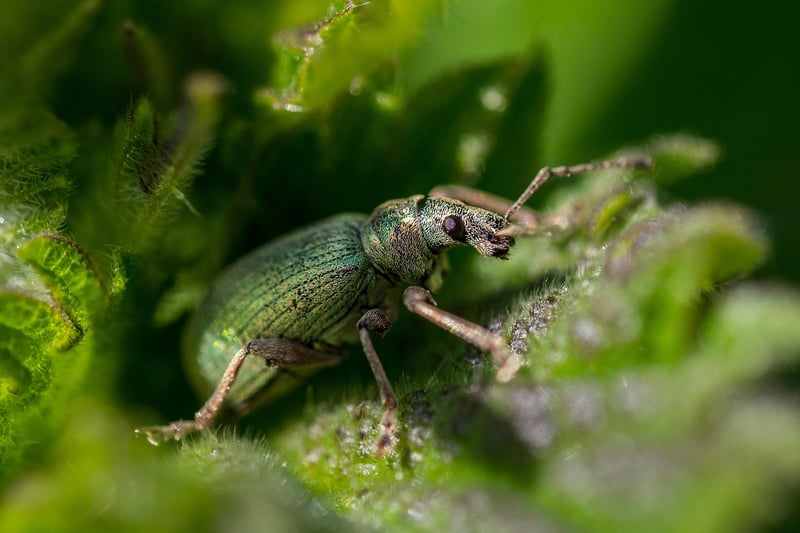
Preventive Measures
1. Inspect Your Plants Regularly: Check the underside of leaves and along stems for any signs of pests.
2. Maintain Plant Health: Healthy plants are less susceptible to pest attacks. Ensure your plants receive adequate sunlight, water, and nutrients.
3. Prune Infested Areas: Remove and dispose of heavily infested plant parts to prevent the spread of pests.
4. Use Natural Predators: Introduce beneficial insects like ladybugs or lacewings to control pest populations.
5. Apply Neem Oil: Neem oil is a natural insecticide that can help control a variety of pests without harming beneficial insects.
By staying vigilant and taking proactive measures, you can protect your plants from common pests and ensure a healthy, thriving garden.
